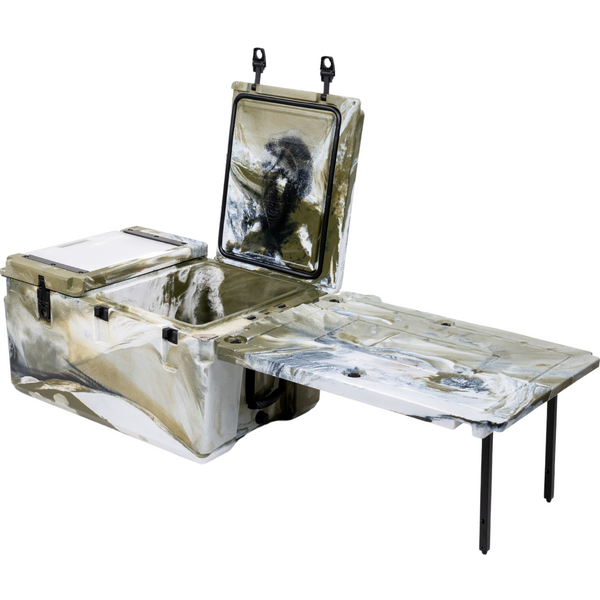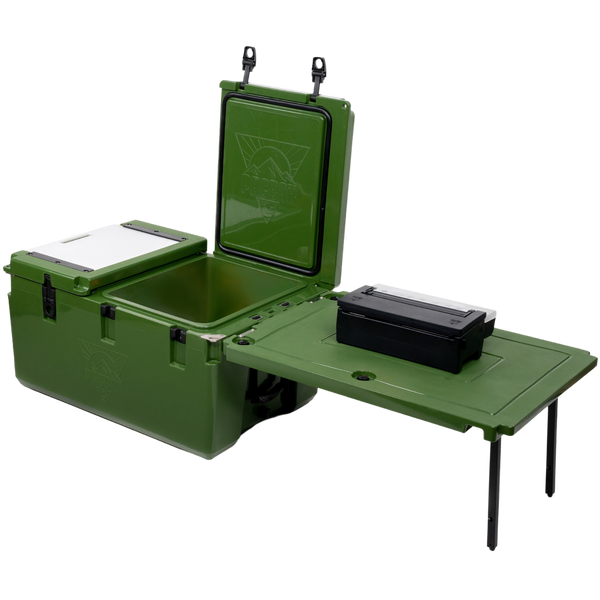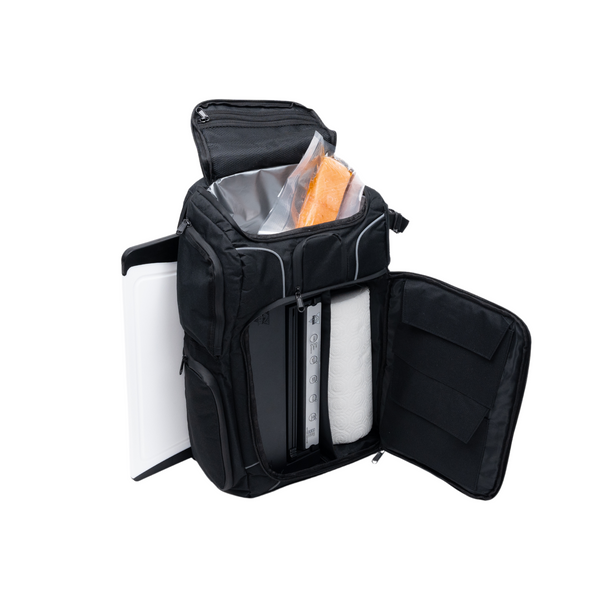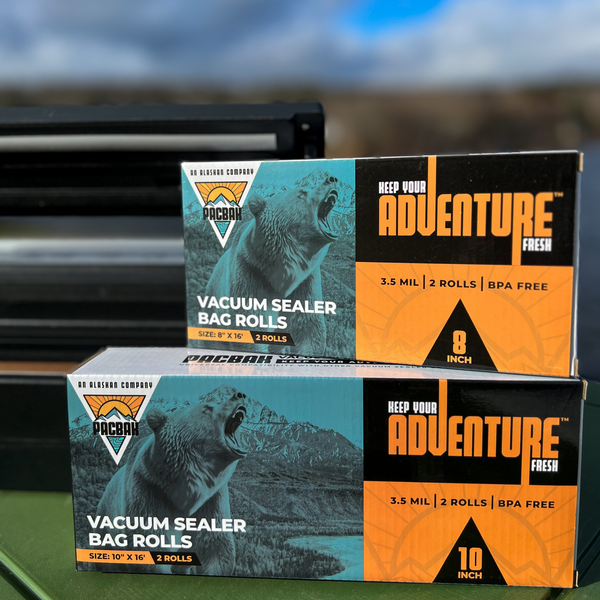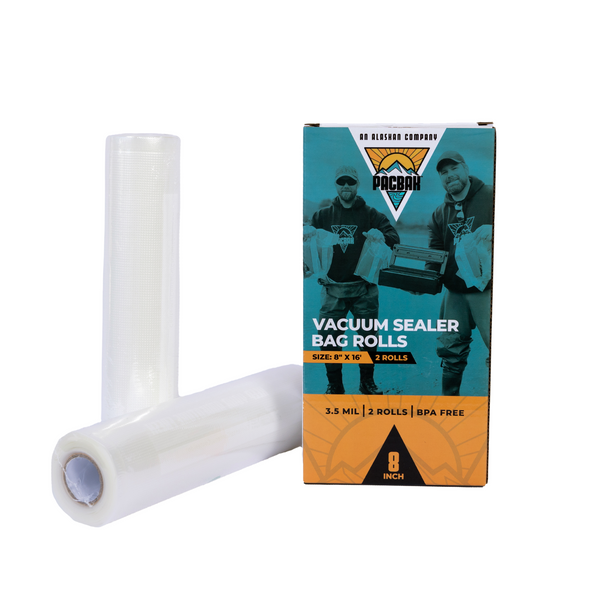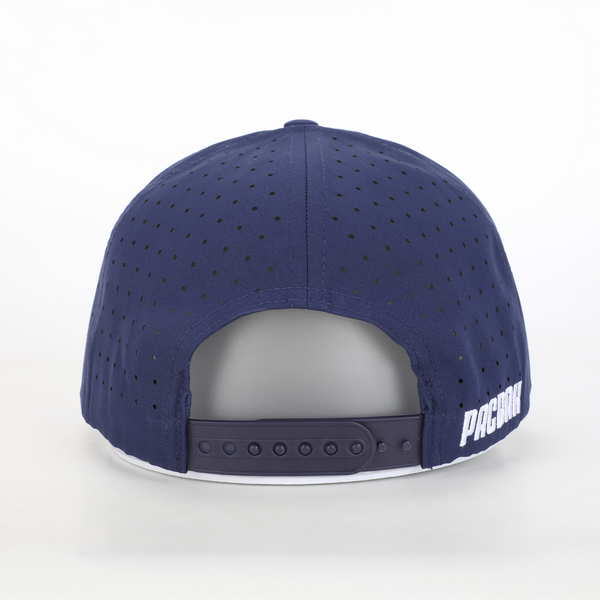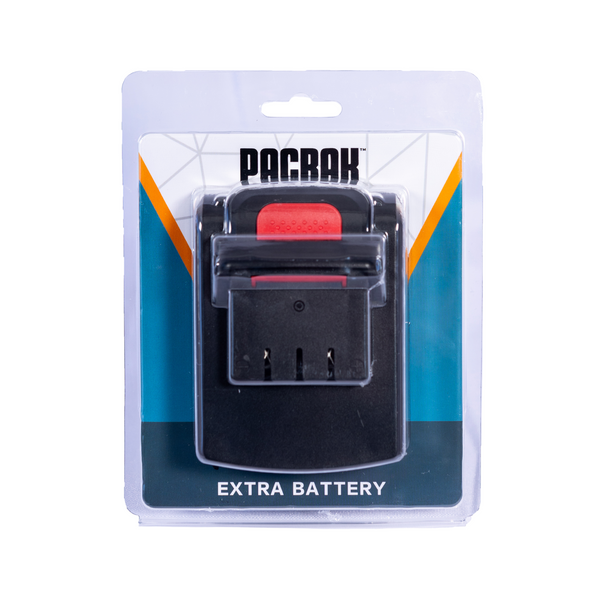Fresh produce encapsulates the taste of summer to deliver the most flavorful meals. While enjoying these meals in summer is wonderful, savoring the same flavors during the dark months of winter can be even more appealing. Vacuum sealing is one of the most effective ways to preserve the freshness of your fruits and vegetables. It can help prevent food waste and enable you to make the most of your harvest.
Preparing Your Produce for Vacuum Sealing
Proper preparation is key to preventing spoilage, freezer burn, and bacteria-related illness any time you preserve food. For produce, this can mean chopping fruits into smaller pieces and blanching vegetables before freezing.
- Wash and dry fresh produce thoroughly before packaging and freezing.
- Pre-freeze fruit that bruises easily to prevent crushing when vacuum sealing.
- Blanch fresh vegetables by boiling them for 1-4 minutes, then plunging into an ice bath before freezing.
- Dry fruits and vegetables before packing and sealing.
- Never vacuum seal fresh onions, garlic, or mushrooms because it can lead to bacterial growth.
Vacuum Sealing Techniques for Different Produce Types
How you store fruits and vegetables affects how they behave, taste, and last. These tips can help you use your vacuum sealer to preserve fruits and vegetables in different ways.
- Cruciferous vegetables like turnips, cabbage, cauliflower, and sprouts can be vacuum-sealed for storage in the freezer, but not in the fridge.
- Potatoes can be vacuum sealed after being cut into slices or cubes and dehydrated.
- Herbs, including parsley, mint, chives, basil, and dill can be blanched and vacuum sealed.
- Lettuce can be vacuum sealed and kept in the refrigerator to lengthen freshness.
Storage and Usage After Vacuum Sealing
Not all produce is ideal for freezing. Yet, vacuum sealing can keep your vegetables fresh longer, allowing you to diminish food waste. For example, vacuum-sealed vegetables will retain freshness for up to two weeks in the fridge. You can prepare and preserve fruits and vegetables in various ways to meet different meal prep needs in the future.
- Prep potatoes in different ways to be used in a variety of meals. You can seal them as French fries when they've been fried briefly or mash them and store them as patties once frozen.
- Berries and other fruits can be made into preserves, jams, fruit butter, or applesauce before sealing and freezing in a single lay to be sealed for various uses.
- Vegetables can be vacuum-sealed in marinades to add flavor and prep for easy cooking.
- Vacuum-sealed food can often be reheated in a bag in a pot of hot water.
- Dehydrated fruit mixes can be vacuum-sealed in serving sizes for fresh single-serve packs.
Why the ROAM Vacuum Sealer is Perfect for Keeping Your Adventure Fresh
A quality vacuum sealer is crucial to creating adequate packaging to keep produce fresh while frozen. The ROAM 18-V Portable Vacuum Sealer is the ideal tool for keeping your produce fresh alongside your freshly caught fish and game. With a compact size of only 16" W x 10.5" D x 6.5" H and weighing less than four pounds, you can use this vacuum sealer for your outdoor adventures and in your kitchen at home. The sealer works using a rechargeable 14.6-volt battery, which charges in less than an hour and produces over 40 seals per charge depending on what you are sealing. As a result, it's the ultimate solution for on-the-go preservation for outdoor enthusiasts and kitchen culinary experts. Contact us today to learn more about the vacuum sealer designed for adventurists.
Image Source: New Africa/Shutterstock



